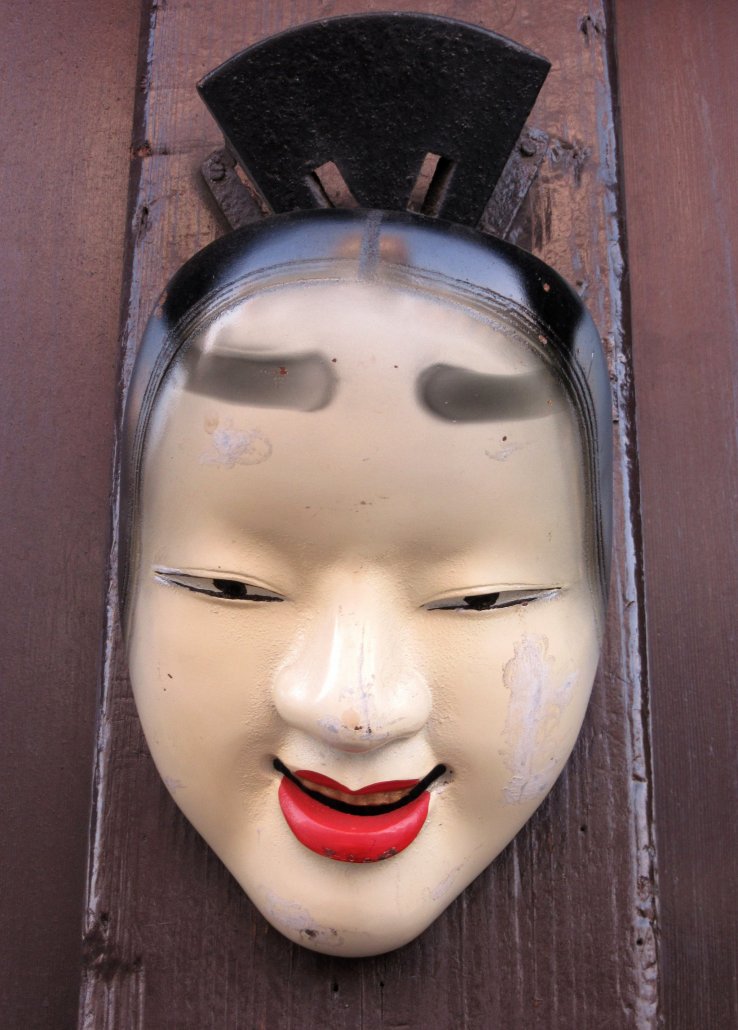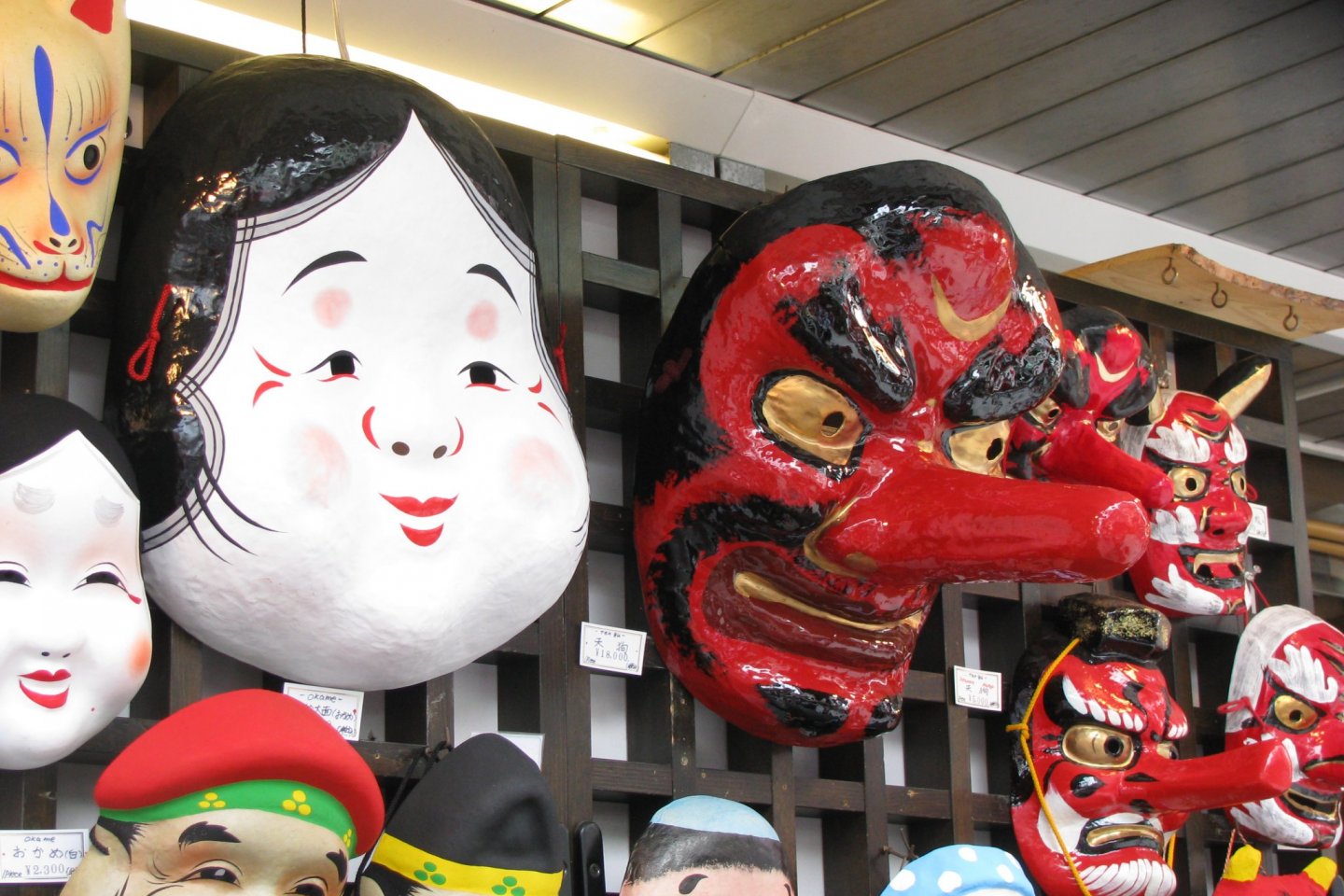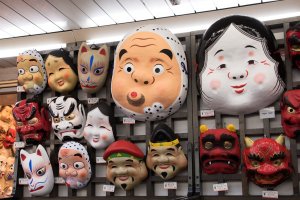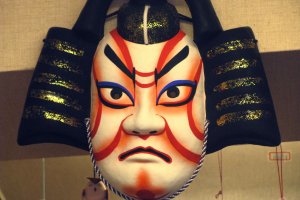Browsing along Nakamise-dori in Asakusa, it’s impossible not to notice character masks among hundreds of other souvenirs. Some of them are funny, some are a bit scary, some are familiar characters, and some are not. As is the case in many other countries, masks in Japan are used in traditional Noh theater and for festival fun.

Noh masks have quite a long and serious history. Since medieval times, these masks were endowed with magical properties along with a sacred mirror, amulet, and sword. Noh actors still continue to treat masks as sacred objects and keep ancient masks on special altars. Modern actors perform in replica masks and use ancient masks only for very special occasions.
Noh masks reflected the tastes of the time when it came to their look: a small head with a large body was considered a beautiful feature of the Japanese appearance. Female masks feature another fashion of the past - to emphasize the height of their foreheads, women shaved their eyebrows and drew their line almost at the root of their hair. Until the 17th century, Noh masks were cut by actors, monks or sculptors, but later were produced by families who passed the skill from generation to generation. Masks created before the Edo period are called hommen. Each mask of the Noh theater represents a certain character, and Japan Travel suggests the unique opportunity to get acquainted with Noh theater!

Purchasing a copy of a Noh mask can be quite a meaningful souvenir from Japan. Among the souvenir masks, you can often find ones designed to look like the makeup that Kabuki actors use.
Another type of mask, a bright red one, is particularly noticeable. It represents Tengu - a powerful mountain spirit, the Lord and keeper of the forests. The image of Tengu is a huge creature with a red face, a long nose, and dressed in rags. As Japan has many wooded areas, their keeper Tengu is a very important ancient mythical creature.

Throughout the year there are a great number of festivals held in Japan, and during certain festivals masks are very popular. Among them there is the Kitsune-bi Matsuri, centered around the folk tale Kitsune no Yomeiri, or the Fox Bride. Festival participants and guests decorate themselves in fox make-up or masks, and join a parade that ends with a wedding ceremony and performances.































